44 binocular compound microscope labeled
Parts of the Microscope with Labeling (also Free Printouts) Parts of the Microscope with Labeling (also Free Printouts) By Editorial Team March 7, 2022 A microscope is one of the invaluable tools in the laboratory setting. It is used to observe things that cannot be seen by the naked eye. Table of Contents 1. Eyepiece 2. Body tube/Head 3. Turret/Nose piece 4. Objective lenses 5. Knobs (fine and coarse) 6. microbenotes.com › parts-of-a-microscopeParts of a microscope with functions and labeled diagram Apr 19, 2022 · Figure: Diagram of parts of a microscope. There are three structural parts of the microscope i.e. head, base, and arm. Head – This is also known as the body. It carries the optical parts in the upper part of the microscope. Base – It acts as microscopes support. It also carries microscopic illuminators.
What Is A Compound Microscope Used For - Realonomics Compound microscopes are used to view small samples that can not be identified with the naked eye. These samples are typically placed on a slide under the microscope. When using a stereo microscope there is more room under the microscope for larger samples such as rocks or flowers and slides are not required.

Binocular compound microscope labeled
Difference between Simple Microscope and Compound Microscope It is a high magnification (high power) microscope that uses a compound lens system. A compound microscope uses a combination of lenses to increase magnification and resolve power. The diagram given below shows the structure of a compound microscope with all labeled parts: Difference Between Simple Microscope and Compound Microscope Drawing Of A Binocular Microscope - Warehouse of Ideas Learn about the working principle, parts and uses of a compound microscope along with a labeled diagram here. It is a very clean transparent background image and its resolution is 2333×2480 , please mark the image source when quoting it. Source: paintingvalley.com Boreal2 Digital Compound Microscopes - AP Series | Boreal Science - VWR Ordering information: This microscope includes a USB 2.0 camera output, Siedentop-style binocular head, paired 10x wide-field eyepieces with diopter adjustment in one, reversed revolving quad nosepiece with 4x, 10x, 40xR, and 100xR objectives, coaxial focus controls, built-in graduated and coaxial-controlled mechanical stage, a 1.25 N.A. Abbe condenser with iris diaphragm, and LED illumination.
Binocular compound microscope labeled. Brightfield Microscope (Compound Light Microscope)- Definition ... Brightfield Microscope Definition Brightfield Microscope is also known as the Compound Light Microscope. It is an optical microscope that uses light rays to produce a dark image against a bright background. It is the standard microscope that is used in Biology, Cellular Biology, and Microbiological Laboratory studies. The Best Binocular Magnification of September: Rankings, Reviews You ... Sep 2, 2022 6:06 PM When shopping for binoculars, you will notice they are all labeled with different numbers. These numbers refer to the magnification of the binoculars, not their quality or performance. The best binoculars have a high magnification and also have high resolution, which means they can view a lot of detail without blurring. microscopewiki.com › compound-microscopeCompound Microscope – Diagram (Parts labelled), Principle and ... Feb 03, 2022 · Using a combination of lenses, the working principle of a compound microscope is that a highly magnified image of the specimen is formed at the least possible distance from the distinct vision of an eye that is held very close to the eyepiece of the microscope when the specimen is placed just beyond the focus of the objective lens. how does a compound light microscope work - Is All Well And Good ... A compound microscope is used in forensic laboratories. Unlike a compound microscope that offers a 2-dimensional image stereo microscopes give the viewer an erect upright and un-reversed 3-dimensional image because they use two completely independent paths of light one to each eyepiece that are created using objectives that are focused at ...
39 Fun Facts about Light, Compound and Electron Microscopes The first practical confocal laser scanning microscope was created by Thomas and Christoph Cremer in 1978, and the method quickly gained popularity during the 1980s. 23. Much of today's optical microscope research (in the early twenty-first century) is focused on the development of superresolution analysis of fluorescently labeled materials. 24. rsscience.com › stereo-microscopeParts of Stereo Microscope (Dissecting microscope) – labeled ... The difference between Compound and Stereo (Dissecting) Microscope. Unlike a compound microscope that can only see a very thin specimen, stereo microscopes can be used for viewing almost anything you can fit under them. However, stereo microscopes offer lower magnification, typically 5x-50x, comparing to compound microscopes. The Biological Microscope: what does it actually show you? Optics Central stocks a number of biological microscopeswhich start at $99.95for the Celestron 28 Piece Microscope Kit. We also have some other great microscopes, such as the: Saxon SBM ScienceSmart Biological Microscope SL-BL Saxon Prodigy MK II 40-1600x Biological Microscope Saxon TKM ScienceSmart Biological Digital Microscope 60x-960x Compound Microscope- Definition, Labeled Diagram, Principle, Parts, Uses Compound microscopes The term "compound" in compound microscopes refers to the microscope having more than one lens. Devised with a system of combination of lenses, a compound microscope consists of two optical parts, namely the objective lens and the ocular lens. Working Principle of the Compound Microscope
Best microscope | ABC27 A microscope is a scientific instrument used to magnify small objects so they can be seen larger than life. Dissecting microscope (Stereoscopic or Stereo microscope) This microscope is a dual-powered dissecting microscope of 10x-30x with an ability to rotate 360° making it ideal for viewing and focussing better to view samples. By rotating the lenses, users can change the magnification of image. Binocular Microscope Anatomy - Parts and Functions with a Labeled ... Now, I will discuss the details anatomy of the light compound microscope with the labeled diagram. Why it is called binocular: because it has two ocular lenses or an eyepiece on the head that attaches to the objective lens, this ocular lens magnifies the image produced by the objective lens. Binocular microscope parts and functions Microscope Parts, Function, & Labeled Diagram - slidingmotion Microscope parts labeled diagram gives us all the information about its parts and their position in the microscope. Microscope Parts Labeled Diagram The principle of the Microscope gives you an exact reason to use it. It works on the 3 principles. Magnification Resolving Power Numerical Aperture. Parts of Microscope Head Base Arm Eyepiece Lens
Boreal Science Digital Compound Microscopes | Boreal Science - VWR Boreal Science Digital Compound Microscopes Microscopes In these digital compound instruments, a video camera is built into the traditional microscope chassis. Motic Image Editing Software Included Smartboard Compatible One-Year Manufacturer's Warranty on Camera Boreal Lifetime Warranty on Microscope Chassis VAC: 100-120
Sold Price: A VICTORIAN LACQUERED BRASS COMPOUND BINOCULAR MICROSCOPE ... a victorian lacquered brass compound binocular microscopeross, london, third quarter of the 19th centurythe bifurcated tube assembly fitted with a triple objective nosepiece signed r. & j. beck ltd beneath prism slide insert, with rack and pinion eye-piece adjustment and focus at the junction with the shaped limb and further fine micrometer screw …
Microscope Quiz: How Much You Know About Microscope Parts ... - ProProfs Projects light upwards through the diaphragm, the specimen, and the lenses. 5. Is used to regulates the amount of light on the specimen. Supports the slide being viewed. Moves the stage up and down for focusing. 6. Is used to support the microscope when carried. Moves the stage slightly to sharpen the image.
Compound Light Microscope Lab Report Answers OMAX 40X-2000X Digital Lab LED Binocular Compound Summary Report for: 19-4092.00 - Forensic Science Technicians. Collect, identify, classify, and analyze physical evidence related to criminal...
Microscopy- History, Classification, Terms, Diagram - The Biology Notes A simple or compound light microscope is used in this technique. It uses transmitted visible light to develop magnified images. It has a low contrasting capacity, low optical resolution, requires staining and has a limited magnification of around 1300X. It is simple and can be used to observe living cells and microorganisms. 2 Dark Field Microscopy
Microscope, Microscope Parts, Labeled Diagram, and Functions A microscope is a laboratory instrument used to examine objects that are too small to be seen by the naked eye. It is derived from Ancient Greek words and composed of mikrós, "small" and skopeîn,"to look" or "see".
Compound Microscope - Types, Parts, Diagram, Functions and Uses Compound microscope - It has two convex lenses. It is called a compound microscope because it compounds the light as it passes through the lenses to magnify. The image of the object being viewed is enlarged because of the lens near the object. An eyepiece, an additional lens, is where real magnification takes place.
› plant-tissues › culturePlant Tissue Culture Laboratory (With Diagram) Microscope: Simple, compound, inverted binocular dissection microscopes are essential for various purposes. Some of the microscopes (Figs 1.3 and 1.4) should be fitted with a camera for taking photomicrograph. Microtome: It is needed for sectioning the cultured tissue. Wooden Rocks: These are required for keeping the various chemicals.
sciencing.com › calculate-total-magnificationHow to Calculate Total Magnification | Sciencing Dec 08, 2020 · A simple microscope uses only one lens; a magnifying glass could be called a simple microscope. The magnification of a simple microscope doesn't need any calculation because the single lens is usually labeled. A hand-lens, for example, might be labeled with 10x, meaning the lens magnifies the object to look ten times larger than the actual size.
Light compound microscope parts? [Expert Review] View from bios e179 at harvard university. microscopes the compound light microscope commonly binocular ( eyepieces), the compound mild microscope, combines the energy of lenses. ... A compound microscope employs a plane mirror at one side and a concave mirror at the other. It contains only one adjustment screw to move the limb up and down for ...
› blogs › knowledgebaseWhat are RA and DEC? | Celestron Nov 01, 2007 · On the sky, the zero meridian in RA is labeled 00h 00m 00s. It intersects the celestial equator at a point called the vernal equinox (where the Sun crosses the celestial equator in late March of each year). Measurements north and south on the sky are called declinations (commonly abbreviated as Dec, DEC or dec).
What Does Compound Light Microscope Mean - Realonomics A compound light microscope is a microscope with more than one lens and its own light source. In this type of microscope there are ocular lenses in the binocular eyepieces and objective lenses in a rotating nosepiece closer to the specimen.
Microscope: Types of Microscope, Parts, Uses, Diagram - Embibe A compound microscope is defined as a microscope with a high resolution. It uses two sets of lenses, providing a \(2\)-dimensional image of the sample. The term compound refers to the usage of more than one lens in the microscope. Also, the compound microscope is one of the types of optical microscopes.
The Compound Microscope Worksheet Answers - Division Worksheets Using a phonics worksheet makes learning easier. Some compound microscopes magnify more than a thousand times. During transport, the objective microscope contains both high and low power lenses. Source: db-excel.com. Name each part, then write a description and function of each part below. Components of a binocular microscope.
microscopes-india.com › how-to-calculate-theHow to Calculate the Magnification of a Microscope? Jun 07, 2021 · Microscope Type. What will make your choice easy is determining the kind and size of the specimen you will be studying. Compound Microscope. The word “microscope” automatically takes our brains to compound microscopes. The specimens can be placed on slides, zoomed in for higher magnifications and tiny specimens become easier to study.
Boreal2 Digital Compound Microscopes - AP Series | Boreal Science - VWR Ordering information: This microscope includes a USB 2.0 camera output, Siedentop-style binocular head, paired 10x wide-field eyepieces with diopter adjustment in one, reversed revolving quad nosepiece with 4x, 10x, 40xR, and 100xR objectives, coaxial focus controls, built-in graduated and coaxial-controlled mechanical stage, a 1.25 N.A. Abbe condenser with iris diaphragm, and LED illumination.
Drawing Of A Binocular Microscope - Warehouse of Ideas Learn about the working principle, parts and uses of a compound microscope along with a labeled diagram here. It is a very clean transparent background image and its resolution is 2333×2480 , please mark the image source when quoting it. Source: paintingvalley.com
Difference between Simple Microscope and Compound Microscope It is a high magnification (high power) microscope that uses a compound lens system. A compound microscope uses a combination of lenses to increase magnification and resolve power. The diagram given below shows the structure of a compound microscope with all labeled parts: Difference Between Simple Microscope and Compound Microscope

Binocular Compound Microscope 100x – 1600x Magnification Double Layer Mechanical Stage LED Illumination w/Intensity Control
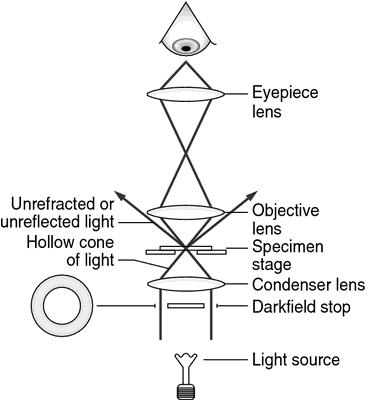
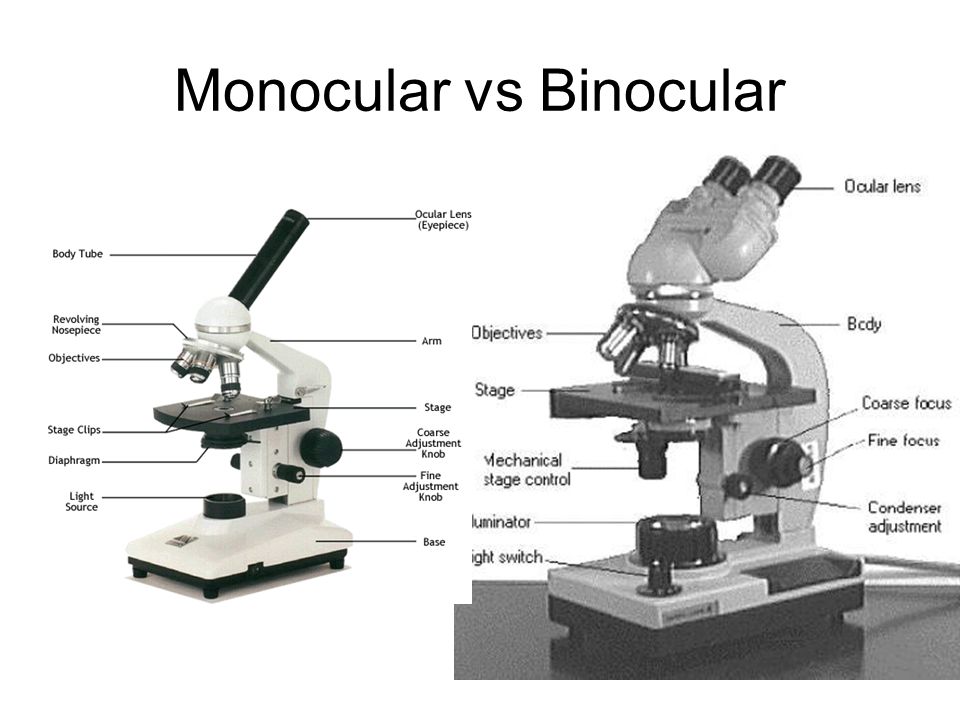
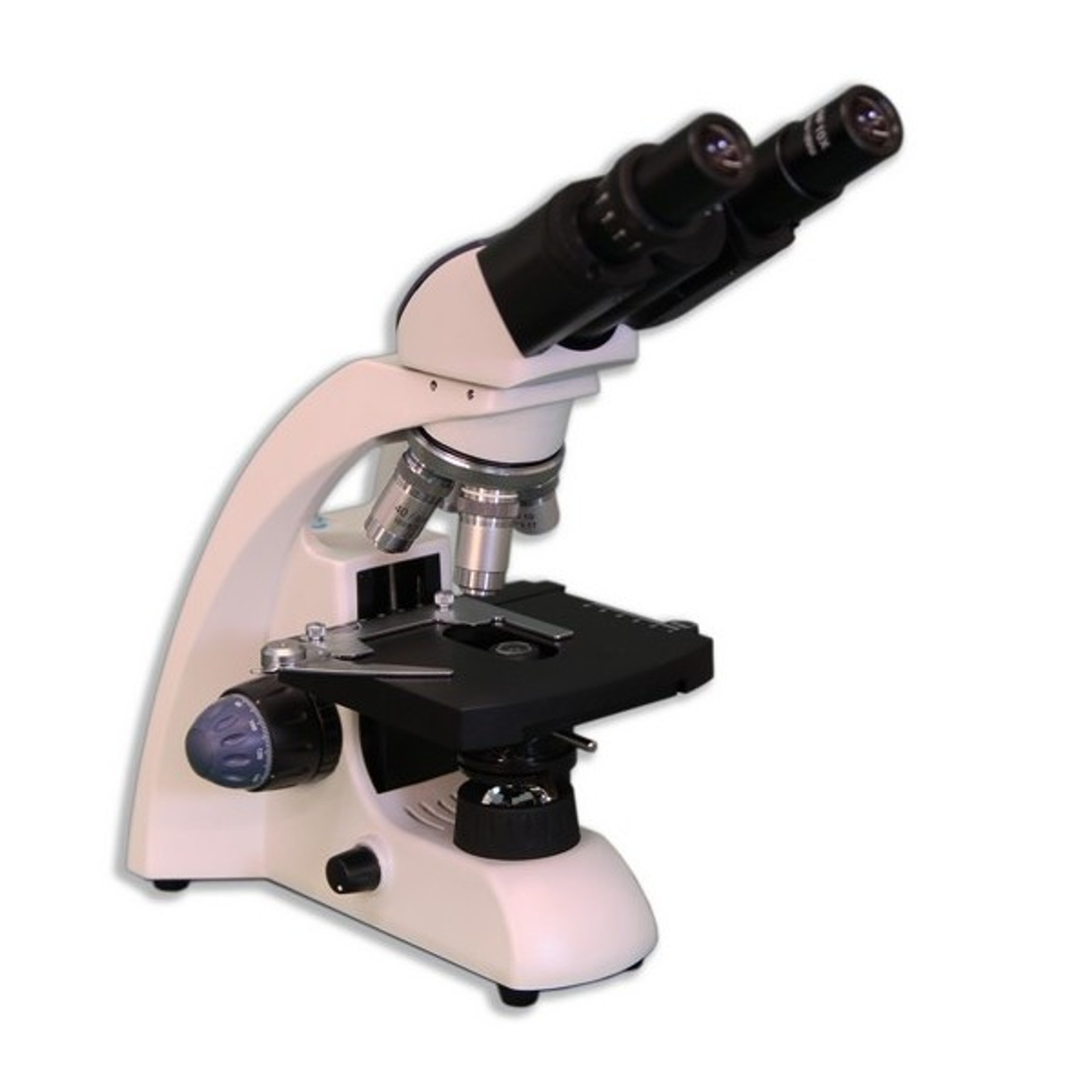
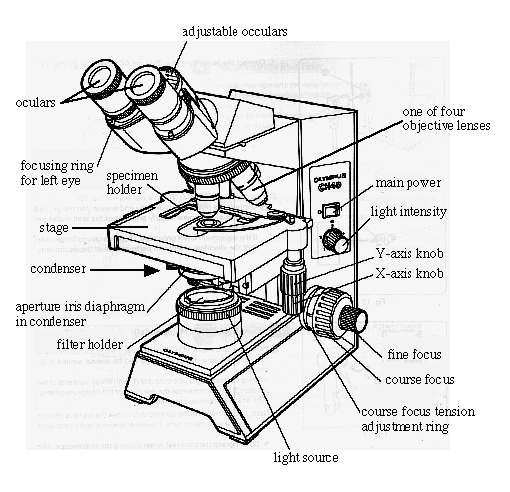


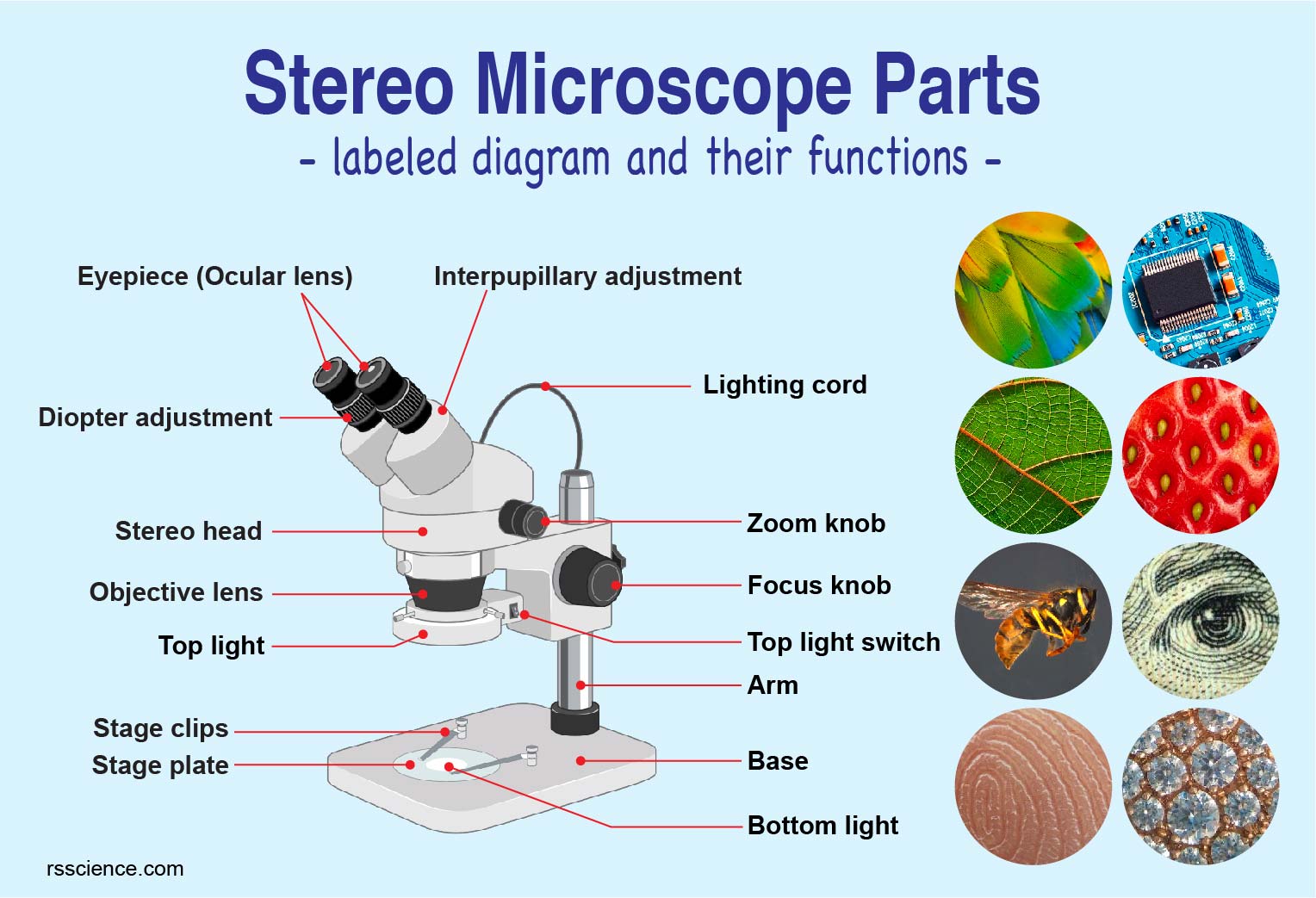




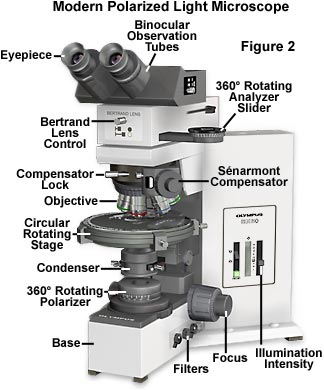

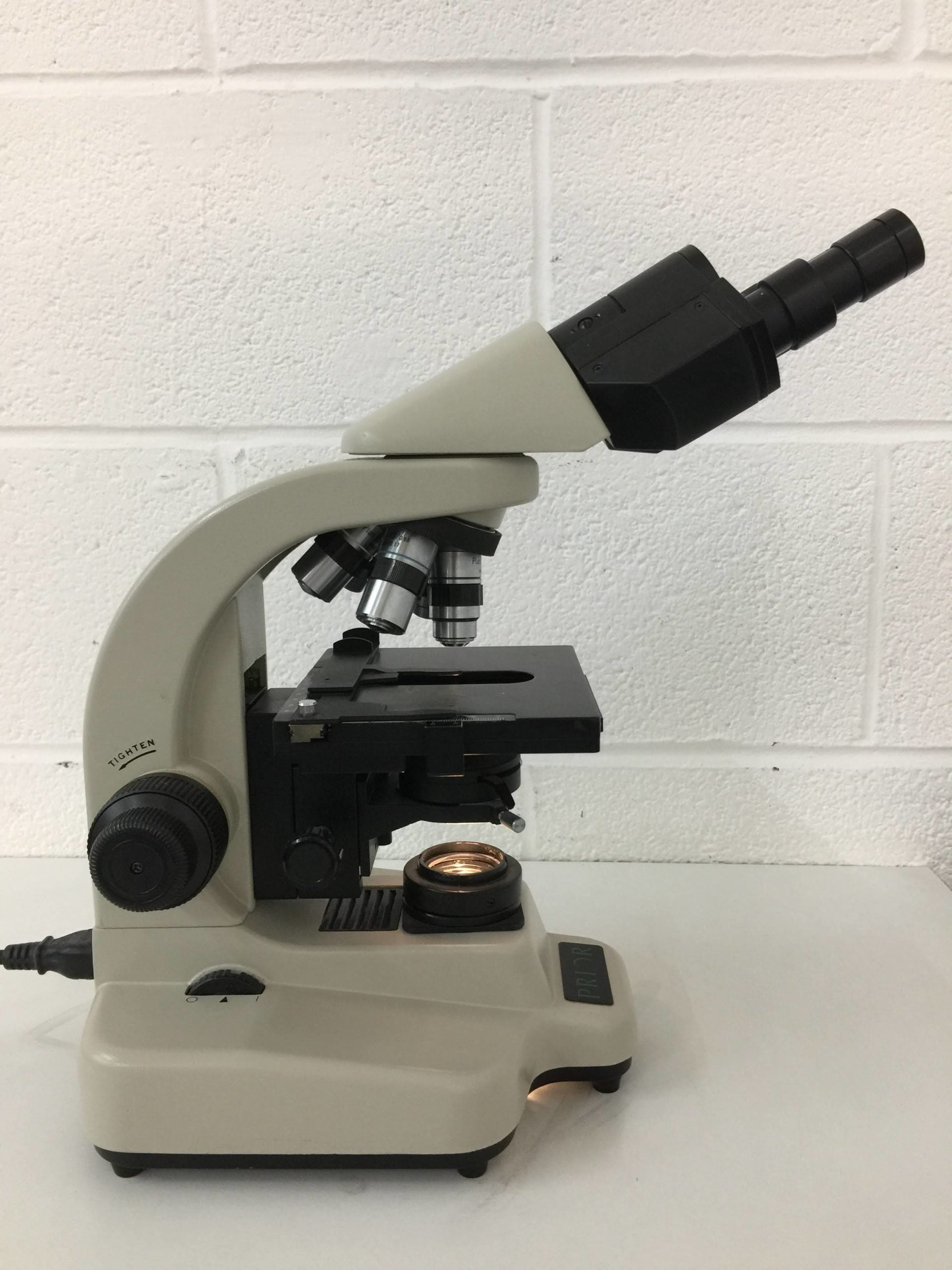
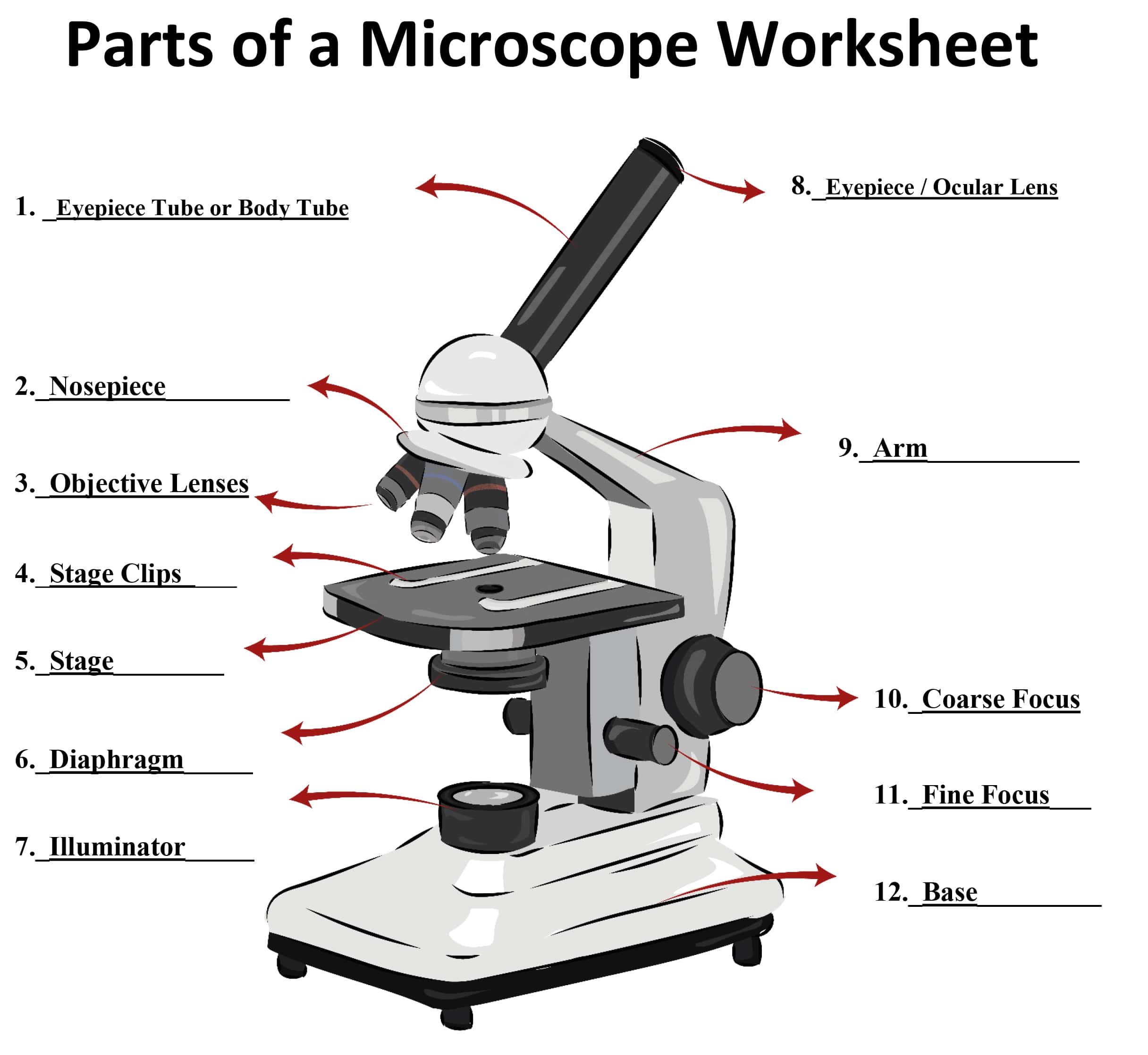
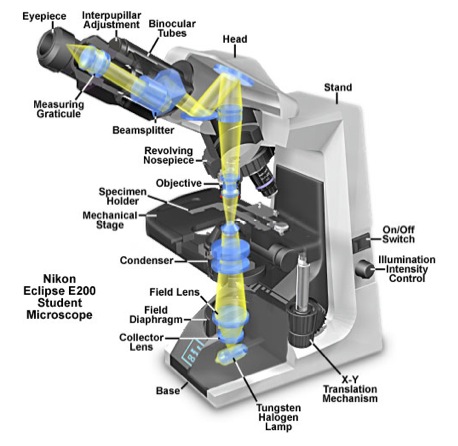
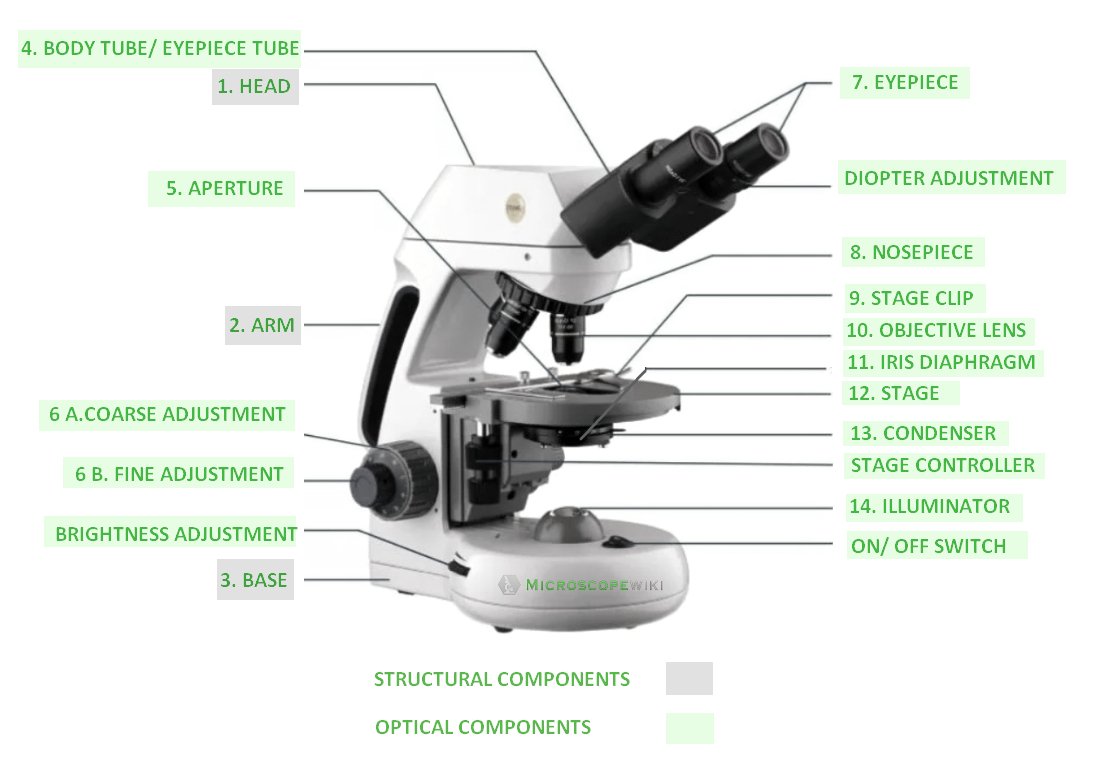






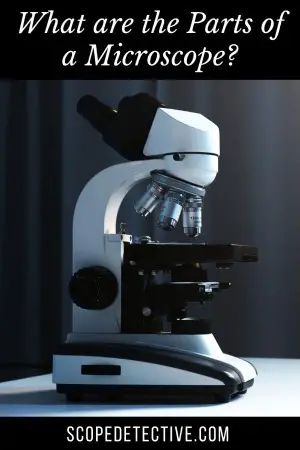


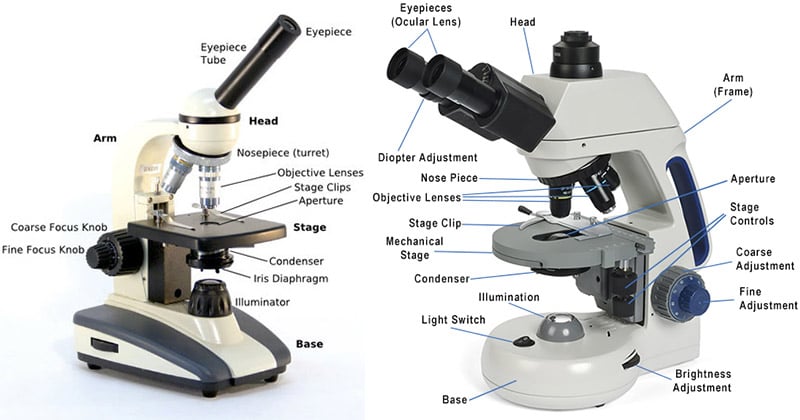


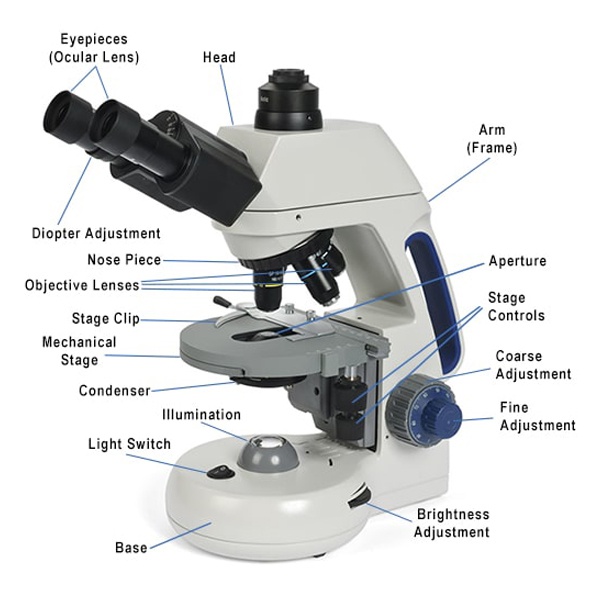
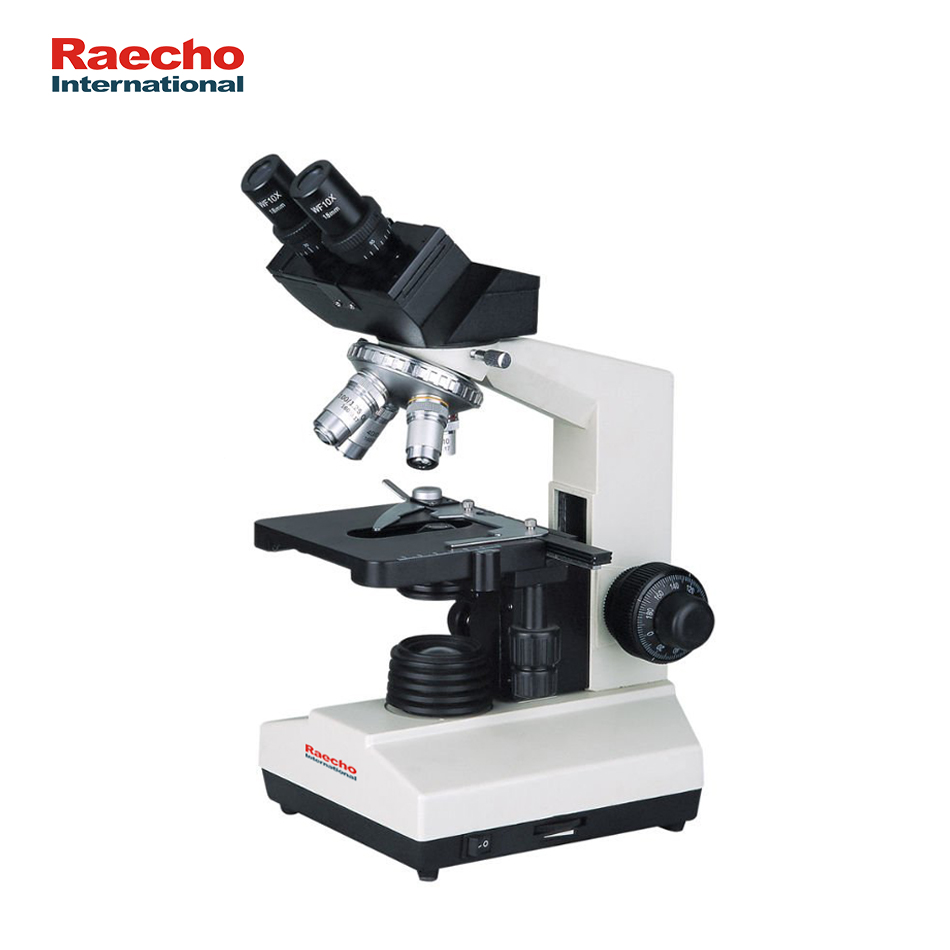

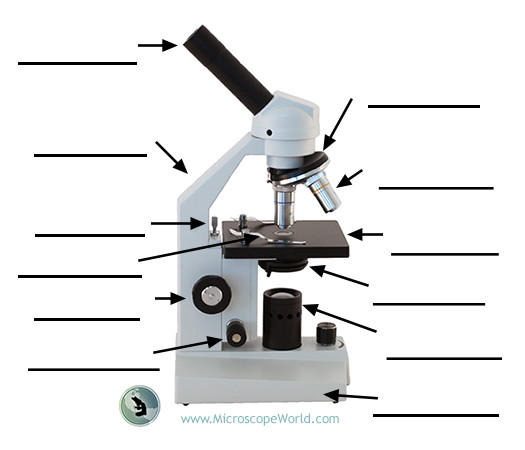
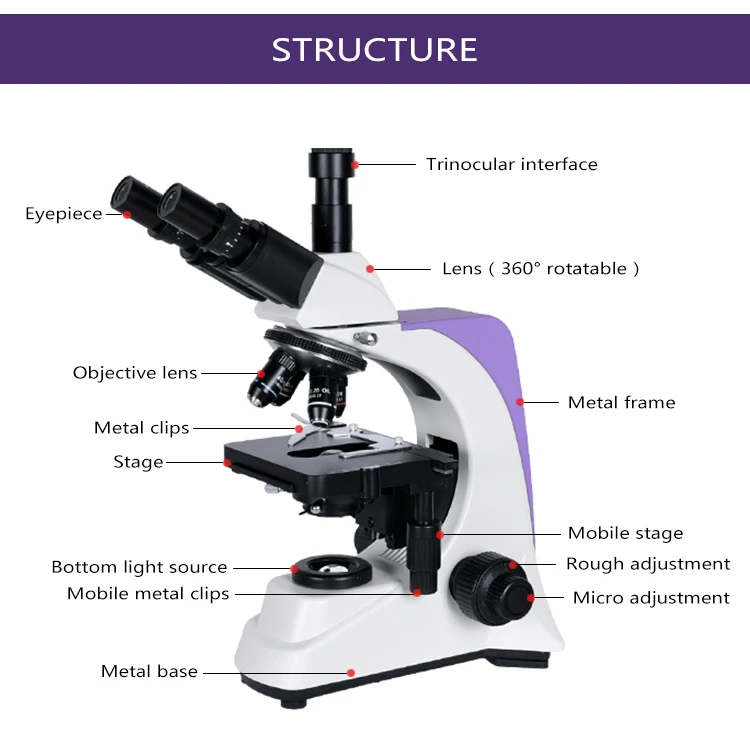

Komentar
Posting Komentar